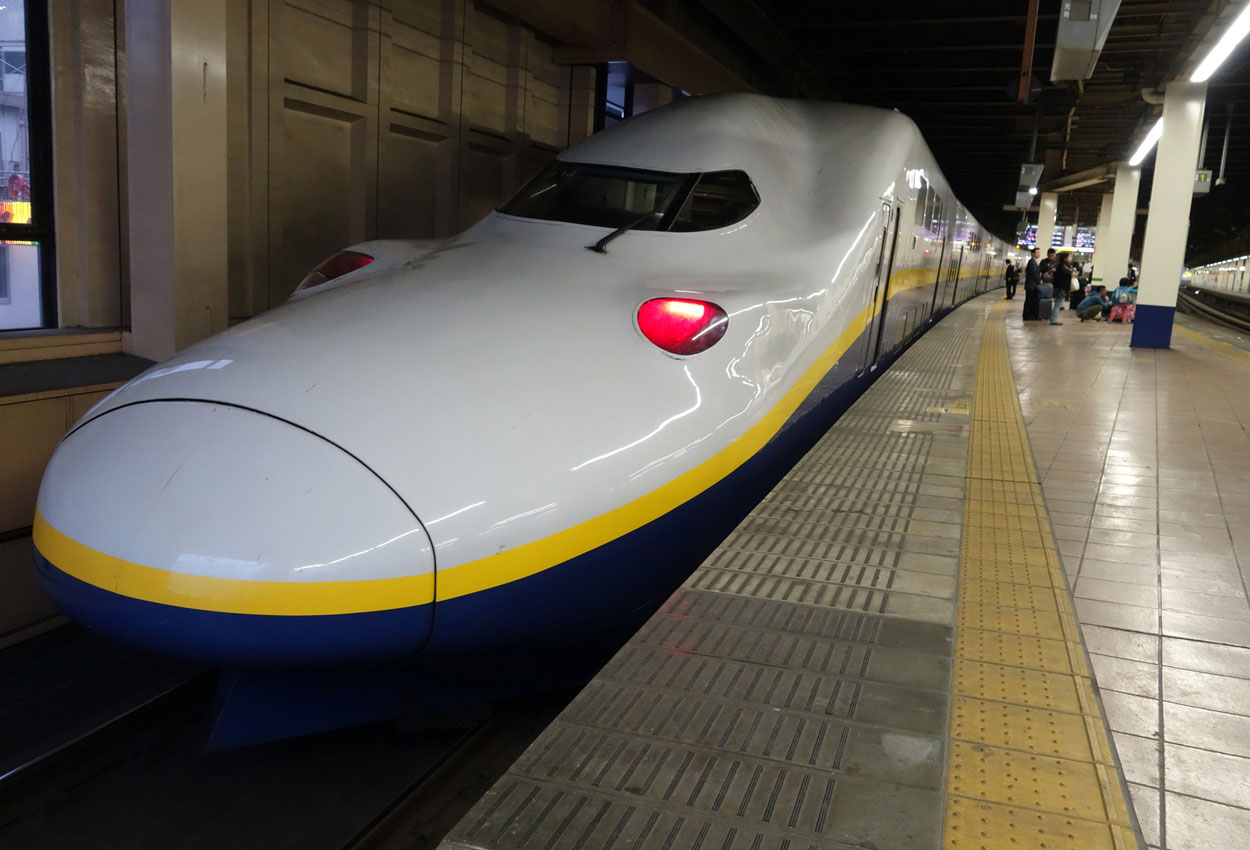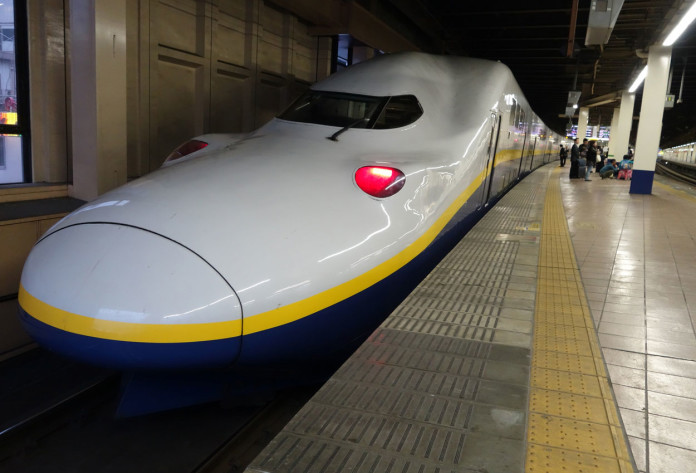The transport ministry aims to make tourist information centres capable of assisting foreign tourists available at all Shinkansen stations nationwide by fiscal 2019, as part of efforts to boost the number of visitors from overseas.
The Land, Infrastructure, Transport and Tourism Ministry plans to provide subsidies to local governments and other entities when the tourist information centres they operate meet certain criteria, such as always having English-speaking guides available.
The ministry will request necessary funds in the government’s budget for fiscal 2017 for more than 100 Shinkansen stations to open tourist information centres or upgrade their current ones by fiscal 2019.
Tourist information centres are usually run by local governments or tourism associations. According to the ministry, there is no tourist information centre at 13 Shinkansen stations, including Tokaido Shinkansen’s Gifu-Hashima Station in Gifu Prefecture and Joetsu Shinkansen’s Honjo-Waseda Station in Saitama Prefecture.
Many existing centres also fail to fully meet the need of foreign tourists, as English-speaking staff are not available all the time or wireless LAN is not provided.
The ministry therefore plans to offer subsidies to local governments and tourism associations to cover part of the costs of setting up wireless LAN that can be used free of charge and providing foreign-language training for those working at information centres, as long as they meet certain criteria.
The ministry aims to make it easier for foreign tourists to travel in many parts of Japan by helping information centres provide better services at Shinkansen stations, which will likely be used by many such visitors.
Under a strategy compiled in March for promoting tourism, the government aims to double the annual number of foreign visitors to 40 million in 2020 when Tokyo hosts the Olympics and Paralympics, up from nearly 20 million in 2015.
One of the keys to achieving this target will be to encourage foreign tourists to travel in non-urban areas, as most of them currently visit the nation’s three biggest urban areas in the Kanto, Chubu and Kinki regions.






